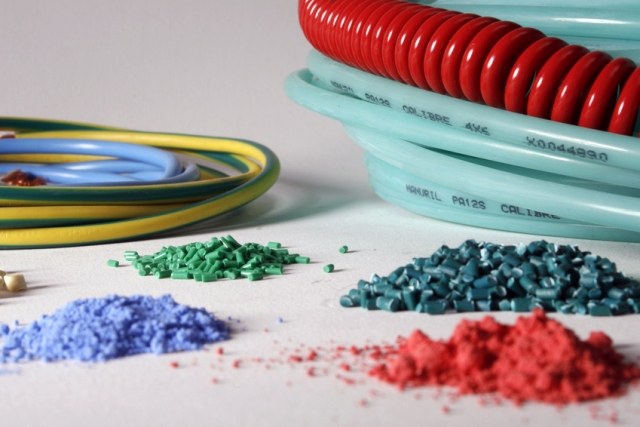Instruction
1
The polymer is represented by a macromolecular substance consisting of periodically repeating chain structures of monomers. In the printing industry, heavy industry, light and food industries the variety of synthetic polymeric materials. We are talking about elastomers – synthetic rubber and rubber, plastomers – synthetic resins and plastic masses, paints, adhesives, synthetic fibers and fabrics, photopolymers, "free" films.
2
Synthetic polymers are the result of polymerization, copolymerization and polycondensation. Properties of polymers determine their molecular weight. Materials having a higher molecular weight show higher mechanical bending strength, rupture, twisting, but the worst solubility. All synthetic polymers have one typical feature, namely the polydispersity. That is, molecules of the same polymer can be of different sizes and with different numbers of structural units. Therefore, speaking about the molecular weight of the polymer, is not the true value of the mass of each molecule, but only its average value.
3
High temperature synthetic polymer melt, and at low gain amorphous structure. Some materials can acquire a crystalline structure. They have a higher melting point and greater strength. Synthetic polymers can be thermoplastic and thermosetting. The first is able to repeatedly molded without much loss of original properties, and the second irreversibly hardened by prolonged heating due to the flow of thermochemical reactions.
4
Synthetic polymeric materials are significantly superior in many respects non-ferrous and ferrous metals, glass, wood, etc. This is achieved due to the lower cost of production, installation and continued operation. For example, in light industry are created of woven and knitted fabrics made of polyester, nylon, acrylic, polypropylene and etc. They are characterized by high strength, lightness, elasticity, low thermal conductivity and resistance to chemical, physical and atmospheric influences.
5
In construction, the greatest use found karbomidnye and phenol-formaldehyde resin. Of them receive tube, tape, tiles, insulation materials, paper laminates, varnishes, adhesives, waterproofing compounds, etc. In the printing used polystyrene for the casting of a white material and printing fonts. Polyvinyl chloride is indispensable for the manufacture of flat and rotary stereotypes, book bindings, duplicates, plates and etc.
